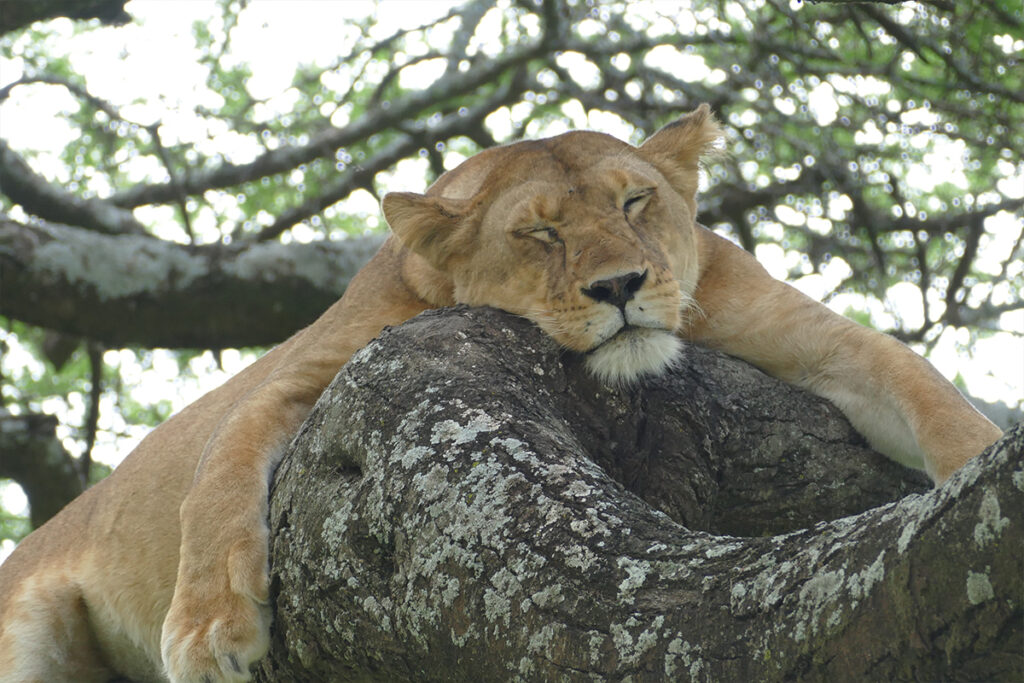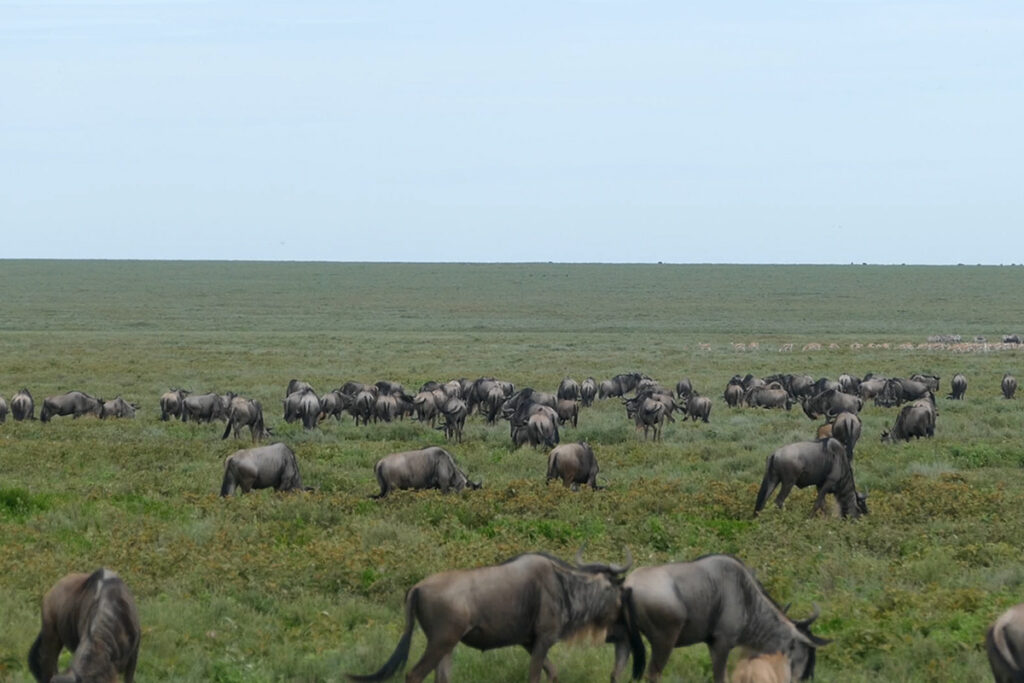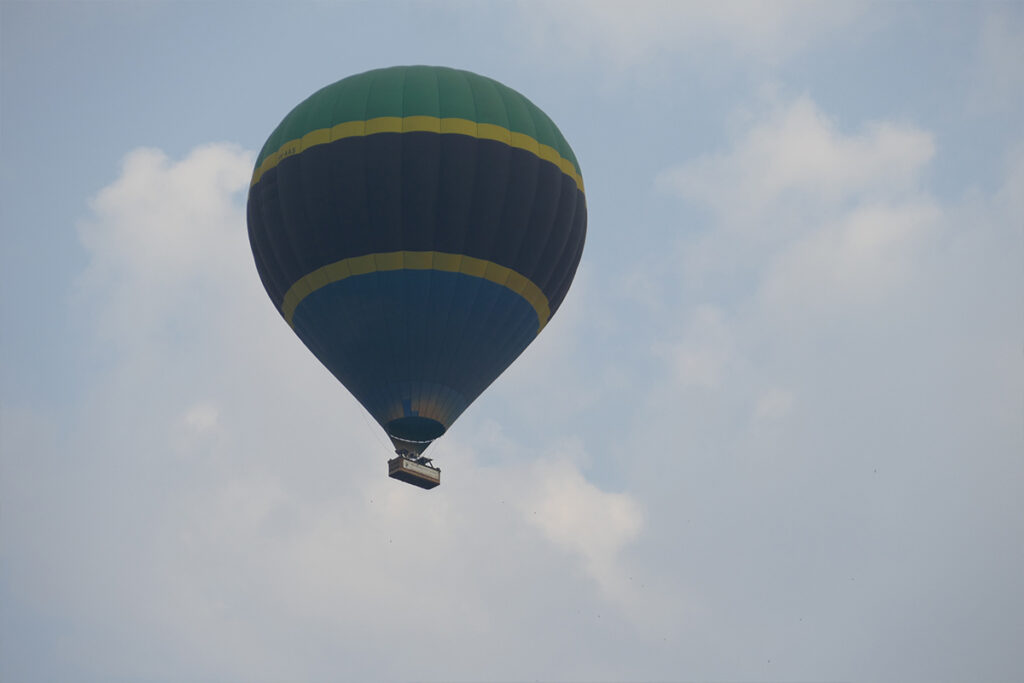Carved over two million years ago from the collapse of a massive volcano, Ngorongoro Crater is a geological marvel, teeming with diverse wildlife. This natural amphitheater, with a diameter of roughly 19 kilometers, serves as a sanctuary for over 25,000 animals. It’s a breathtaking spectacle, where the boundaries between earth and sky blur amidst rolling plains.
Officially designated as a UNESCO World Heritage Site in 1979, Ngorongoro Crater is a haven where humans and wildlife coexist. The Maasai communities, with traditions dating back centuries, share this land with over 7,000 herbivores, including Africa’s renowned Big Five. It is an unparalleled ecological microcosm cherished by conservationists and wildlife enthusiasts alike.

Ngorongoro Crater Safari: A UNESCO World Heritage Adventure
Ngorongoro Crater is a breathtaking site, offering an incredible safari adventure. The Crater, formed from a collapsed volcano millions of years ago, spans about 19 kilometers. It houses a unique ecosystem and a vast variety of wildlife, including elephants, lions, and hippos. Visitors often find themselves marveling at the steep walls surrounding this lush habitat. The diverse environments inside the crater make it unlike any other place on earth.
This remarkable area is not just about the animals; it’s also a UNESCO World Heritage Site. The designation helps protect its beauty and cultural significance. Local Maasai communities live in harmony with the wildlife, preserving their traditional lifestyle. Tourism plays a vital role in supporting conservation efforts here. The blend of nature and culture gives the crater its extraordinary status.
When planning a safari to Ngorongoro, timing can greatly impact your experience. The dry season, from June to October, is ideal for spotting wildlife. However, each season offers unique sightings and experiences. Booking a guided tour ensures you don’t miss any of the crater’s wonders. Guides share knowledge about the area’s history, landscape, and animal behaviors.
Essential items for a Ngorongoro safari include a hat, sunscreen, and binoculars. Expect crisp mornings, so a light jacket could come in handy. Cameras are a must to capture the stunning scenery and wildlife. Many visitors also enjoy journaling their experiences in this majestic setting. All these elements come together to create an unforgettable adventure.
Unveiling the Unique Biodiversity of the Crater
The biodiversity within Ngorongoro Crater is nothing short of spectacular. This natural wonder is home to a staggering variety of species, coexisting in a relatively confined area. You can witness the Big Five here, which includes lions, elephants, rhinos, leopards, and buffalos. Apart from these, the crater hosts over 500 species of birds. This makes it a paradise for bird-watchers.
Each layer of the crater supports different types of vegetation, creating diverse habitats. The floor of the crater, with its grasslands and forests, provides ideal grazing grounds for zebras and wildebeests. At the same time, the Lerai Forest, found within the crater, is home to many primates. The freshwater lakes teem with flamingos and other waterfowl. These varied habitats ensure that no two safaris are ever the same.
Conservation efforts are crucial to maintaining this rich biodiversity. The Ngorongoro Conservation Area Authority, along with international organizations, works diligently to protect this ecosystem. They focus on preventing poaching, managing tourism, and ensuring the well-being of both wildlife and local communities. Protective measures include anti-poaching units and community education programs. Their efforts help ensure the crater remains a haven for generations to come.
Visiting Ngorongoro Crater offers an unparalleled opportunity to witness nature at its finest. Safari guides enhance this experience by sharing insights into the behaviors and interactions of the animals. Observing a lion hunt or a rhino grazing can be incredibly educational. Such moments highlight the delicate balance of this ecosystem. For wildlife enthusiasts, it truly is a once-in-a-lifetime experience.
Geological Wonders of Ngorongoro
The formation of the Ngorongoro Crater is one of nature’s most impressive achievements. It was born from a gigantic volcanic explosion over two million years ago. The explosion caused the volcano to collapse, creating the largest unbroken caldera on the planet. This massive bowl spans approximately 260 square kilometers. Today, it stands as a testament to Earth’s dynamic processes.
Inside the crater, the landscape is as varied as it is beautiful. Lush grasslands stretch out across the floor, dotted with sparkling lakes. The crater’s rim boasts dense forests filled with towering trees. At the center lies the shallow Lake Magadi, a vivid pink from the thousands of flamingos that frequent its shores. Such diverse habitats foster a unique environment where wildlife thrives.
Geologists are fascinated by the distinct geological formations within the crater. The Olmoti and Empakaai craters, located nearby, offer additional insights into volcanic activity. These smaller craters feature steep walls and pristine beauty, inviting exploration. Besides, they host rare plant species not found elsewhere. Geology enthusiasts find the study of these formations immensely rewarding.
Visiting the Ngorongoro region is an adventure where one can literally walk through history. Each layer of rock tells a story of ancient eruptions and natural transformations. Experts can even trace animal footprints preserved in volcanic ash for millennia. Such discoveries deepen our understanding of Earth’s evolving landscape. For those eager to learn, Ngorongoro presents countless opportunities to explore the intricate tapestry of geological wonders.
Conservation Efforts and Community Impact
Conservation efforts around Ngorongoro Crater focus on preserving its unique wildlife and habitats. The Ngorongoro Conservation Area Authority plays a key role in these efforts. They collaborate with international partners to combat poaching and habitat destruction. Strict regulations ensure that wildlife thrives without excessive human interference. Such measures protect species like the critically endangered black rhino.
Community involvement is essential for sustainable conservation. Local Maasai people have lived in harmony with nature for centuries. They are active participants in preserving the region’s biodiversity. Educational programs raise awareness about the importance of wildlife protection. These initiatives help balance conservation goals with community needs.
The benefits of conservation efforts extend to local communities through eco-tourism. Visitors to the crater bring revenue and create job opportunities. Many Maasai find employment as guides, sharing their knowledge and culture with tourists. Eco-friendly lodges also provide income, ensuring community development. This positive impact encourages continued support for conservation practices.
Local schools partner with conservation organizations to educate children about environmental stewardship. Programs emphasize the significance of biodiversity and sustainable practices. Schools host workshops, field trips, and cultural exchanges. These experiences inspire the next generation to appreciate and protect their natural heritage. Education forms a critical component of long-term conservation success.
Challenges persist despite these successes. Climate change and population growth put additional pressure on resources. Continuous collaboration among governments, local communities, and organizations remains essential. By addressing such challenges, the region can maintain its ecological and cultural richness for future generations. Collective action is crucial to safeguard this extraordinary environment.
Planning Your Visit: Best Times and Tips
Choosing the right time to visit Ngorongoro Crater can enhance your safari experience. The dry season, from June to October, is considered the best time. During these months, wildlife is easier to spot as animals gather around water sources. The weather is also pleasant, with cooler temperatures making it comfortable for exploring. Visiting in this season is ideal for those keen on witnessing the Great Migration too.
However, the wet season also has its unique appeal. From November to May, the landscape turns lush and vibrant. This time is perfect for birdwatching, as migratory birds fill the skies. Fewer tourists mean a more serene experience, with plenty of opportunities for photographers. Be prepared for occasional showers, which add to the region’s charm.
When packing for your trip, consider the varied climate and activities. Essentials include comfortable walking shoes, a hat, and sunscreen. Binoculars are helpful for spotting distant wildlife. It’s wise to bring layers due to temperature changes throughout the day. A camera or smartphone will help capture the stunning views.
- Check local travel advisories for any updates.
- Book accommodations and safari tours in advance.
- Consider hiring a knowledgeable guide for the best experience.
- Respect local customs and wildlife regulations.
Following these simple tips ensures a memorable journey to Ngorongoro. Planning ahead offers the chance to fully appreciate the crater’s incredible landscapes and rich biodiversity. Whether it’s encountering majestic animals or soaking in serene vistas, a safari here provides unforgettable memories. Each visit holds unique experiences, inviting you to explore this natural wonder deeper.
Key Takeaways
- Ngorongoro Crater is a unique geological wonder formed by a volcano.
- This safari spot is famous for the Big Five and diverse wildlife.
- The area is both a UNESCO site and a conservation success story.
- Local Maasai communities play a role in sustainable conservation.
- Visitors can enjoy stunning landscapes, animals, and cultural insights.



